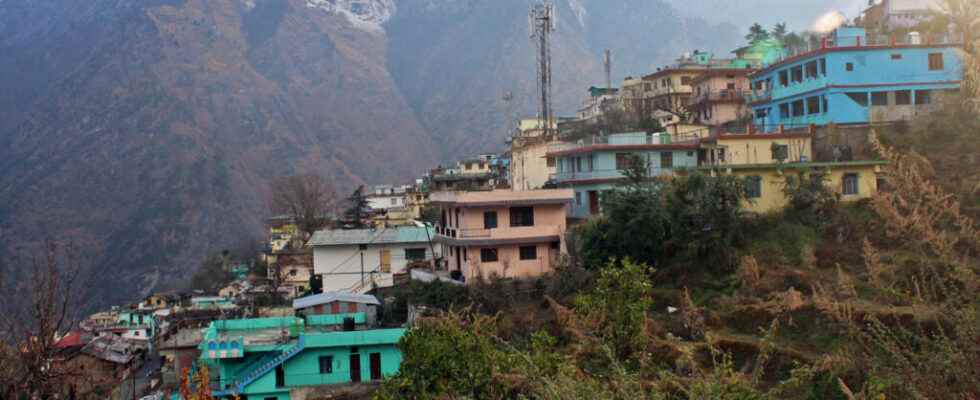In India, eyes are on the Himalayan town of Joshimath, which is on the brink of sinking. Satellite photos show that it sank 5 cm in twelve days. Experts denounce the overflow of construction in this ecologically sensitive region.
With our correspondent in Bangalore, Como Bastin
Known for its sacred sites, Joshimath, 20,000 inhabitants, is becoming a symbol of the failure of urbanization in the Himalayas.
For months, the city has been collapsing under its weight, and some 4,000 people have been moved to relief camps.
Indresh Maihuri, a local activist, describes the anguish that reigns.
People are traumatized and afraid of the future. They see their houses cracking and becoming uninhabitable. The government wants to pass this off as a natural disaster, but Joshimath is paying the price for a development model that has been imposed on its people.
To develop tourism or even hydroelectric energy, the government has indeed multiplied the infrastructures in the area.
A policy that Anil Joshi, founder of the Himalayan Center for Environmental Conservation, calls for to rectify.
The Himalayas are a mountain range, young and very fragile. The city of Joshimath has grown without respecting its geological limits. The size of power plants must be limited, as well as that of roads or bridges. One can develop the area, but it is impossible to neglect the environment.
Uttarakhand’s chief minister called for calm and promised compensation for residents affected by the disaster.
Experts point out, however, that the same collapse threatens many cities in the Himalayas.
